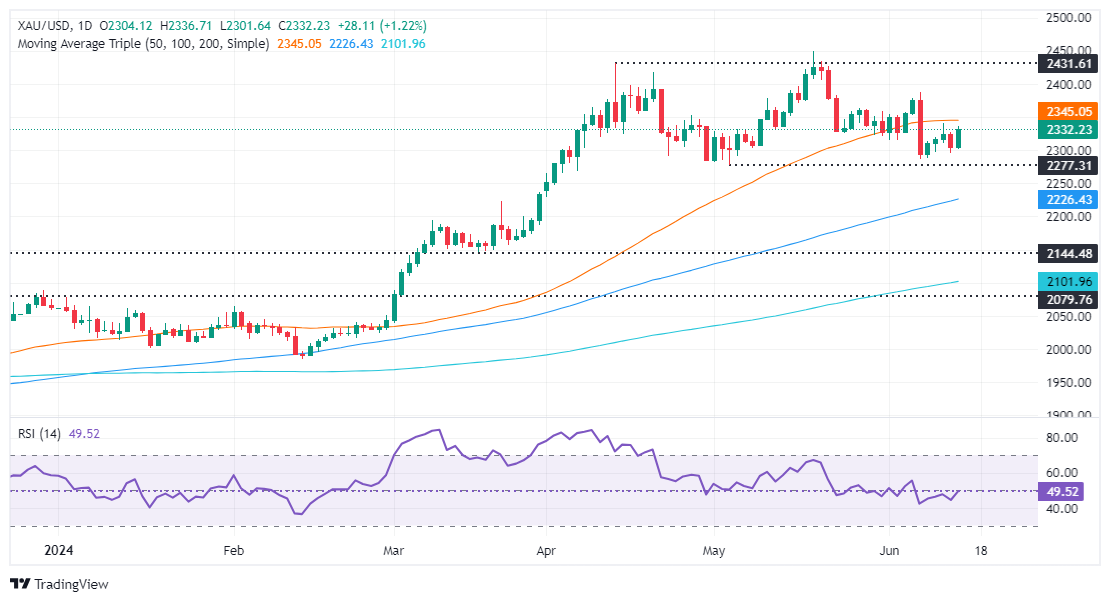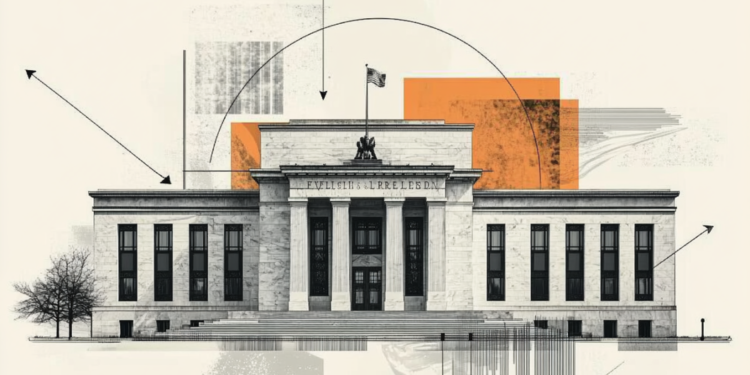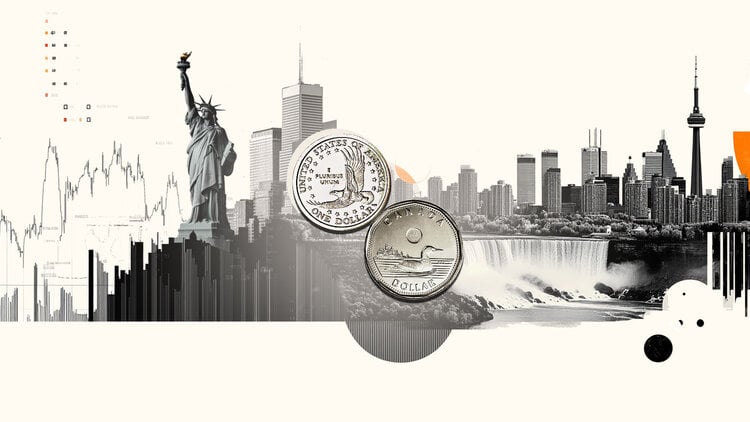- Gold shoots above $2,330 as investors bet on Fed rate cuts later this year.
- Risk aversion due to political turmoil in Europe drives demand for safe-haven assets like Gold.
- US consumer sentiment falls in June, inflation expectations remain above Fed’s 2% target.
- XAU/USD is supported by the falling 10-year US Treasury bond yield.
The price of Gold soared during the North American session on Friday after inflation data in the United States (US) raised investors’ hopes that the Federal Reserve (Fed) will cut interest rates by the end of this year. Furthermore, risk aversion, driven by political uncertainty in Europe, triggered a flight to safety, strengthening the gold metal.
XAU/USD is trading at $2.333, gaining over 1.30% after bouncing from daily lows of $2.301. Sentiment remains negative, although US stocks recovered somewhat over the last hour of trading, with the Nasdaq up 0.28%, while the S&P 500 trimmed its earlier losses, coming close to flat on the day at -0.10%. .
On the data front, US Consumer Sentiment deteriorated in June, while one- and five-year inflation expectations remained above the Fed’s 2% target. Meanwhile, the data US inflation data revealed during the week were welcomed by investors, who are still betting that the US central bank will cut rates twice instead of just once, as policymakers projected. .
Data from the Chicago Board of Trade (CBOT) shows that traders expect a 39 basis point (bp) reduction over the year through the December 2024 federal funds rate contract.
The yield on the 10-year US Treasury bond fell three bps to 4.211%, a tailwind for the non-yielding metal, dismissing the pause in Chinese bullion buying.
News that the People’s Bank of China paused its 18-month bullion buying streak weighed on the precious metal. PBOC holdings were stable at 72.80 million troy ounces of gold in May.
Daily Movements and Market Drivers: Gold Price Strengthens Amid Firm US Dollar
- The US Dollar Index (DXY) rose 0.28% to 105.53, capping gold prices.
- The University of Michigan Consumer Sentiment Index fell to 65.6 in June from 69.1, missing the consensus estimate of 72. This marks the lowest level of sentiment in seven months.
- Inflation expectations for the next twelve months are projected unchanged at 3.3%; while for the five-year period, inflation expectations are anticipated to decrease to 3.1%, from 3.3% previously.
- On Wednesday, Fed Chair Jerome Powell stated that they are less confident about inflation than previously “to cut.” He added, “If jobs weaken unexpectedly, the Fed is ready to respond.” When asked about the US CPI report, Powell noted that it is just a report and emphasized the need to see the deflation process evolving towards the Fed’s goal.
- Even though the US CPI report showed that the disinflation process continues, Fed Chairman Jerome Powell commented that they remain “less confident” about progress in inflation.
- Although the latest US CPI and PPI reports were weaker than expected, the latest NFIB Small Business Optimism Index survey for May showed businesses are struggling with higher prices and access to financing cheap.
Technical Analysis: Gold price sellers regain control as prices head towards $2,300
Gold price is neutral to bearish as the head-shoulder chart pattern remains in place, suggesting the stage is set for further declines. Although the momentum shows a recovery of buyers, the RSI remains bearish, suggesting that the uptrend could be short-lived and open the door for more losses.
If gold extends its gains beyond the June 7 cycle high of $2,387, it will be ready to test $2,400. Conversely, if XAU/USD falls below $2,300, the first support would be the May 3 low of $2,277, followed by the March 21 high of $2,222. More losses lie ahead as sellers would target the target of the Head-Shoulder pattern around $2,170 to $2,160.
Gold FAQs
Gold has played a fundamental role in human history, as it has been widely used as a store of value and medium of exchange. Today, apart from its brilliance and use for jewelry, the precious metal is considered a safe-haven asset, meaning it is considered a good investment in turbulent times. Gold is also considered a hedge against inflation and currency depreciation, since it does not depend on any specific issuer or government.
Central banks are the largest holders of Gold. In their aim to support their currencies in turbulent times, central banks tend to diversify their reserves and purchase Gold to improve the perception of strength of the economy and currency. High Gold reserves can be a source of confidence for the solvency of a country. Central banks added 1,136 tons of gold worth about $70 billion to their reserves in 2022, according to data from the World Gold Council. This is the largest annual purchase since records exist. Central banks in emerging economies such as China, India and Türkiye are rapidly increasing their gold reserves.
Gold has an inverse correlation with the US Dollar and US Treasuries, which are the main reserve and safe haven assets. When the Dollar depreciates, the price of Gold tends to rise, allowing investors and central banks to diversify their assets in turbulent times. Gold is also inversely correlated with risk assets. A rally in the stock market tends to weaken the price of Gold, while sell-offs in riskier markets tend to favor the precious metal.
The price of Gold can move due to a wide range of factors. Geopolitical instability or fear of a deep recession can cause the price of Gold to rise rapidly due to its status as a safe haven asset. As a non-yielding asset, the price of Gold tends to rise when interest rates fall, while rising money prices tend to weigh down the yellow metal. Still, most of the moves depend on how the US Dollar (USD) performs, as the asset is traded in dollars (XAU/USD). A strong Dollar tends to keep the price of Gold in check, while a weaker Dollar is likely to push up Gold prices.
Source: Fx Street
I am Joshua Winder, a senior-level journalist and editor at World Stock Market. I specialize in covering news related to the stock market and economic trends. With more than 8 years of experience in this field, I have become an expert in financial reporting.








